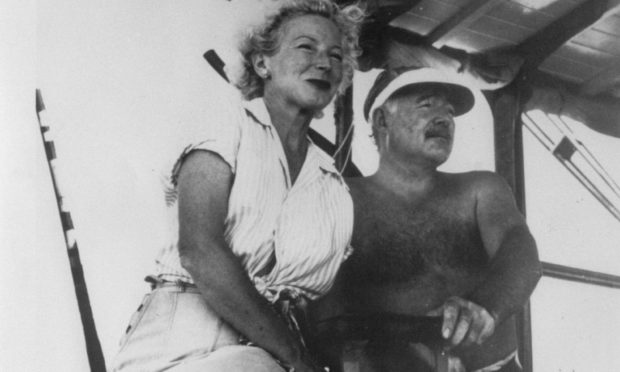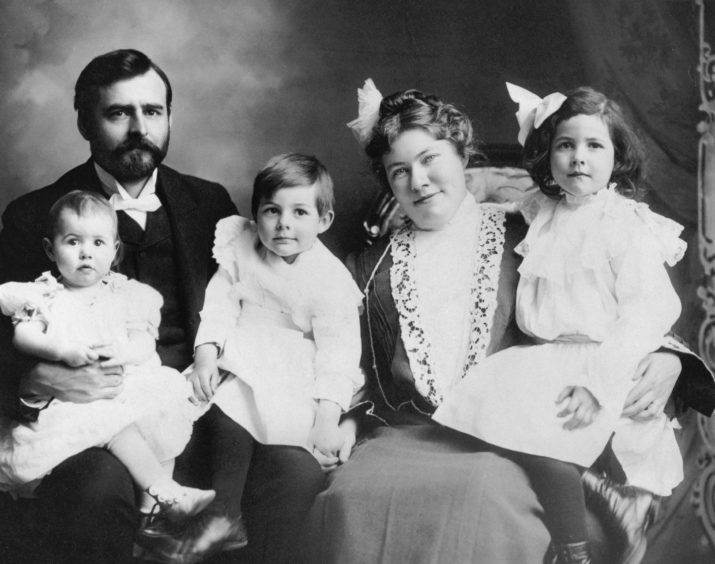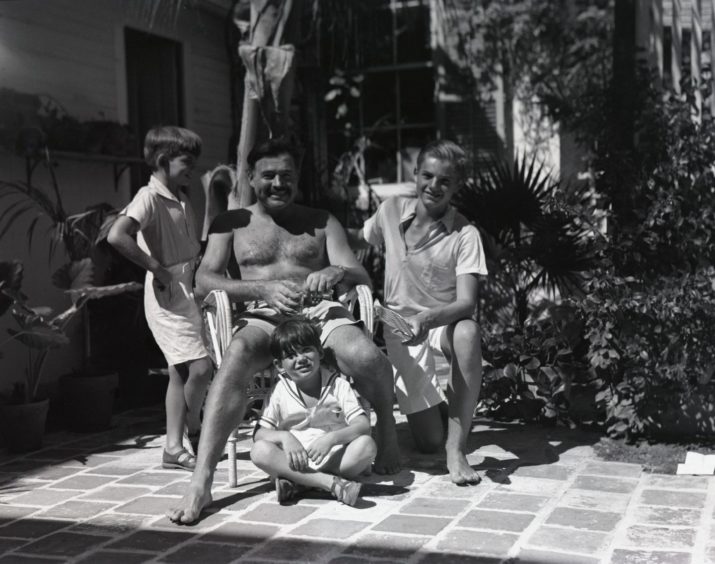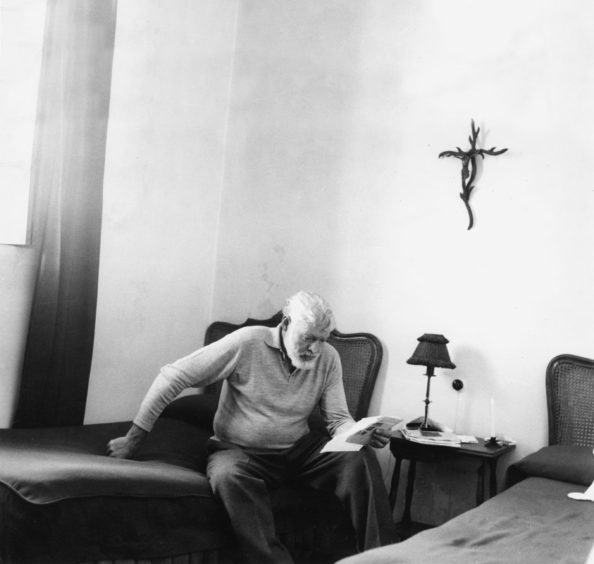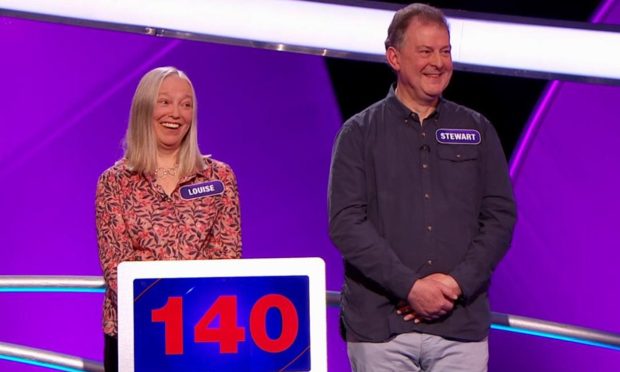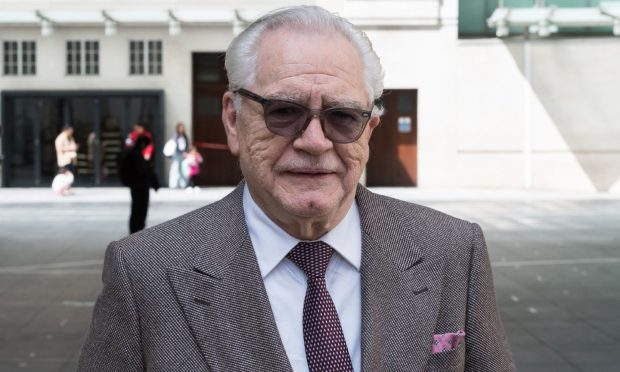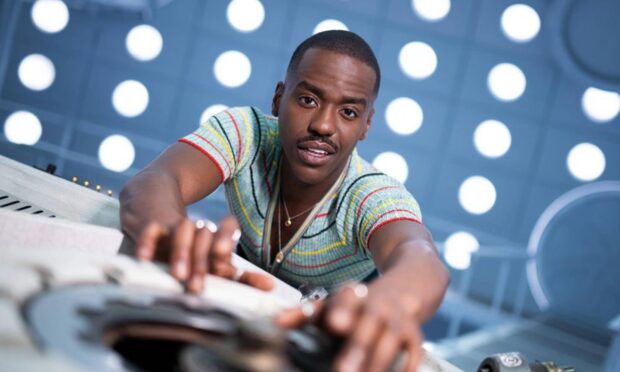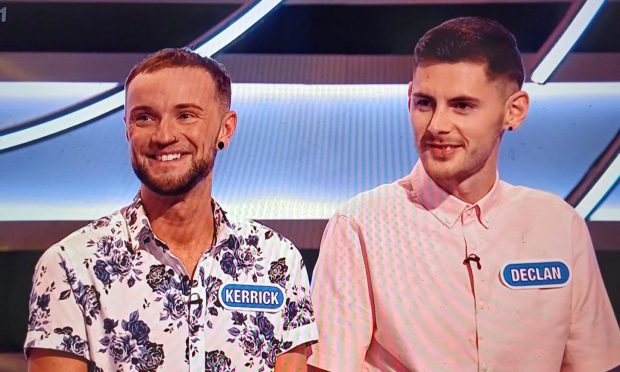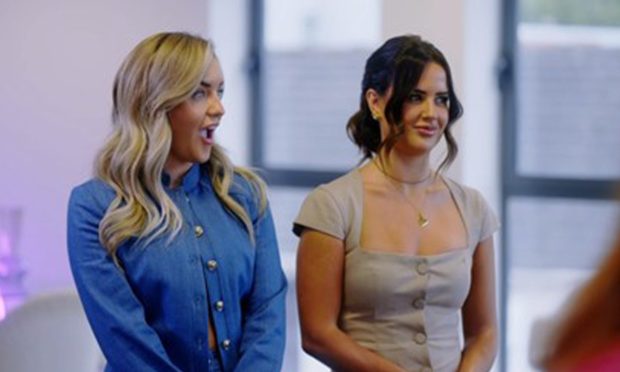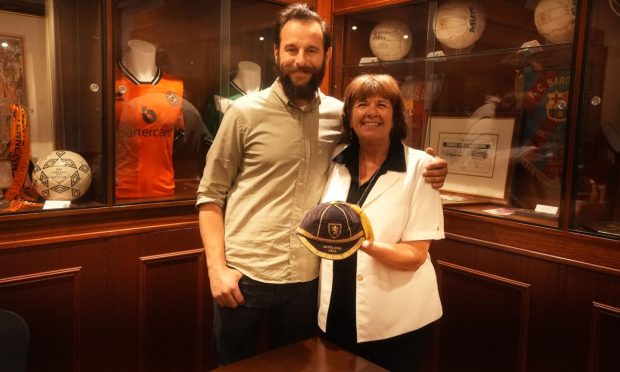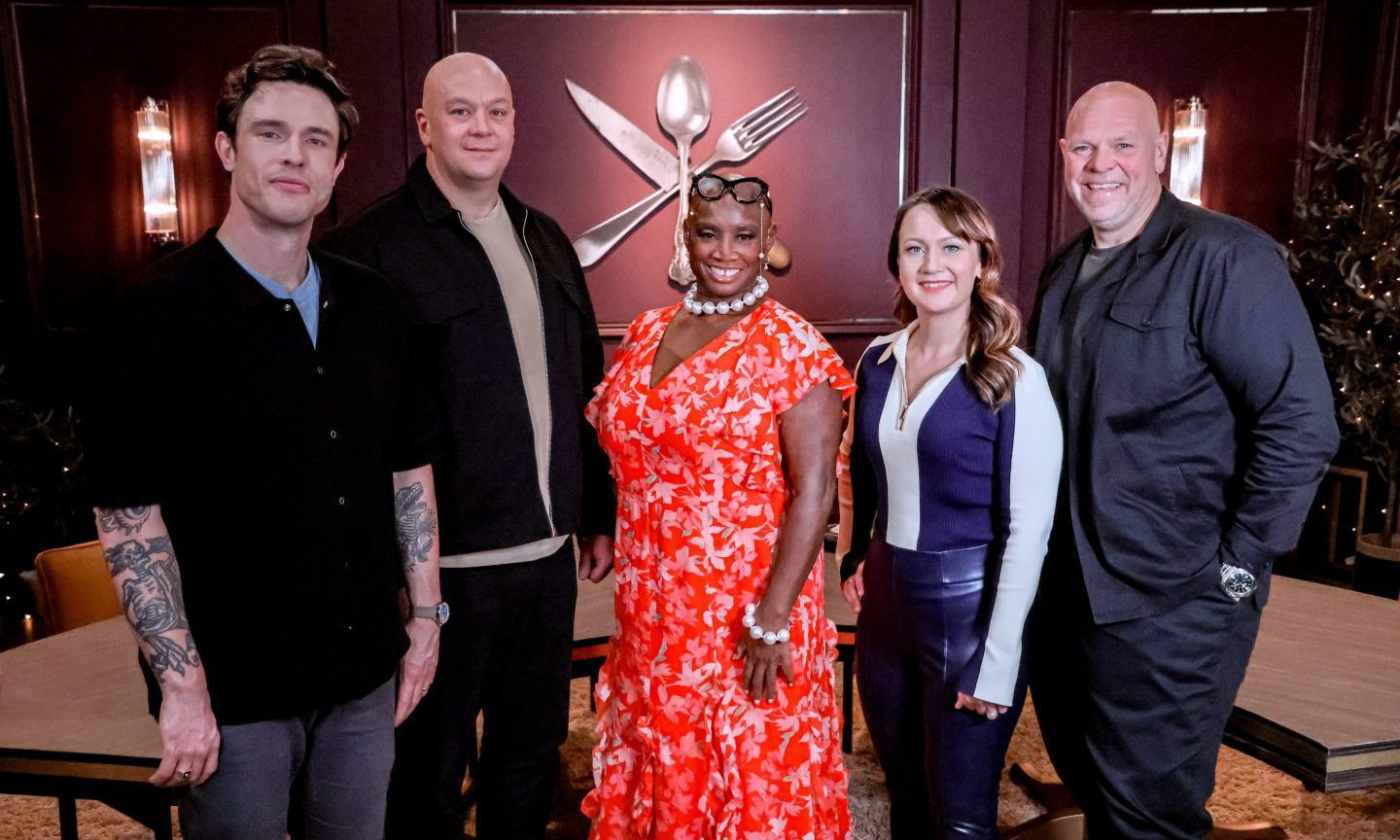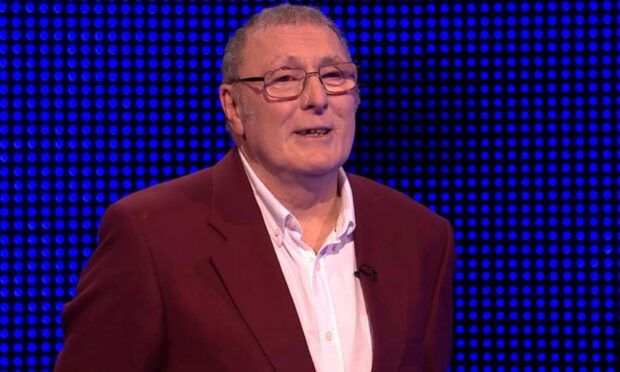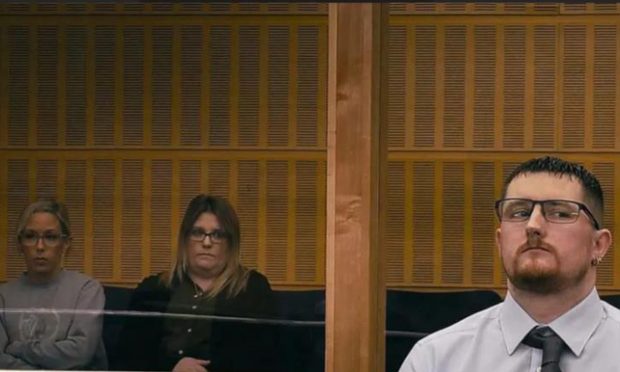Ernest Miller Hemingway was a writer and human who meant different things to different people.
A so-called man’s man, on the face of it he was undoubtedly the raw epitome of machismo: a keen follower of bullfighting, an avid big-game hunter, a war reporter, and utterly obsessed with pugilism (he once said ‘my writing is nothing, my boxing is everything’), Hem (as his pals called him) seemed to tick every box on a graph that might lead most analysts to conclude he was a product and perpetrator of toxic masculinity.
As a new six-part documentary series, simply called Hemingway, argues, the real story behind the monumental myth is rather more nuanced.
Born on the cusp of the 20th Century, Ernest was the second of six children to a musician mother and medic father.
His mother, Grace, would dress Ernest and his older sister Marceline as though they were twins: sometimes as girls, sometimes as boys.
While Ernest inherited his artistic ability from his mother (as well as his later writing skills, he also played cello), his mental instability might have been passed down from his father Clarence, who fretted constantly that his work in surgery would go tragically wrong.
So debilitating were his psychological worries that he spoke openly about ending his own life, succeeding eventually in 1928 when Ernest was 29 and had just become a father himself for the second time.
Initially outraged and appalled at his father’s ‘cowardice’, Ernest laid most of the blame for his father’s mental state at his mother’s door and insisted that he would never leave behind such trauma for anyone else to deal with.
Ernest Hemingway killed himself in 1961. And horrendously, this pattern has continued to haunt the Hemingways, with Ernest’s granddaughter, the actress and model Margaux, taking her own life in 1996.
Hemingway’s alleged misogyny
As for Hemingway’s alleged misogyny, he has many defenders. Again people point to the unstable relationship he had with his mother, plus the fact that he was wed four times as the triggers for his fictional stories which hinted at a hatred of women.
In particular, the documentary turns to Irish writer Edna O’Brien, who states that “many feel that he always wrote adversely about women: this isn’t true. Parts of A Farewell To Arms could have been written by a woman, and in many ways I think it’s his greatest novel.”
Hemingway is the latest epic documentary series from the filmmaking duo of Ken Burns and Lynn Novick, who have previously collaborated on equally sprawling and hugely successful multi-parters such as The Vietnam War, Jazz, Frank Lloyd Wright, and Prohibition, all of which are regarded by some critics as the definitive accounts of all those subjects and eras.
There’s no reason to suggest that Hemingway won’t be viewed in the same manner, with its bold and brisk storytelling, and an all-star cast behind the scenes featuring Jeff Daniels as the voice of Hemingway, while Patricia Clarkson, Meryl Streep, and Molly-Louise Parker are also heard.
Meanwhile, the urgent narration throughout is delivered by Peter Coyote whose Henry Fonda-esque tones have been lent to many documentaries, including a number in the Burns/Novick canon.
Although the life of a writer is often a very lonely affair (and long stretches of solitude allowed him to create a classic back-catalogue including A Farewell To Arms, The Sun Also Rises, and For Whom The Bell Tolls), Ernest Hemingway’s natural ebullience meant that he needed company to make him content (hence, perhaps, the four marriages).
Paris and his famous friends
The series chronicles the many friendships and rivalries he engineered down the years, with a particular emphasis on his time in Paris where he would hang out with the likes of Gertrude Stein, James Joyce, F Scott Fitzgerald, Pablo Picasso, and Ezra Pound.
While many of his pals came from the ‘difficult’ strain of modernist literature (especially Stein, Fitzgerald, and Joyce), Hemingway was hailed for the relative simplicity of his prose which drew in both the high-brow critics and the middle to low-brow readers, with everyone grasping the greater and more profound meanings and subtexts of his fictional works.
Author and manager of Hemingway’s literary estate, Michael Katakis states in the documentary that a universality lay at the heart of his appeal.
“Hemingway’s palette was incredibly wide, and delicious, and violent, and ugly: it‘s something every culture can understand. With all of his flaws, all of the difficulties, he seemed to understand human beings.”
- Hemingway starts on BBC Four, Tuesday 29 June, 9pm.
